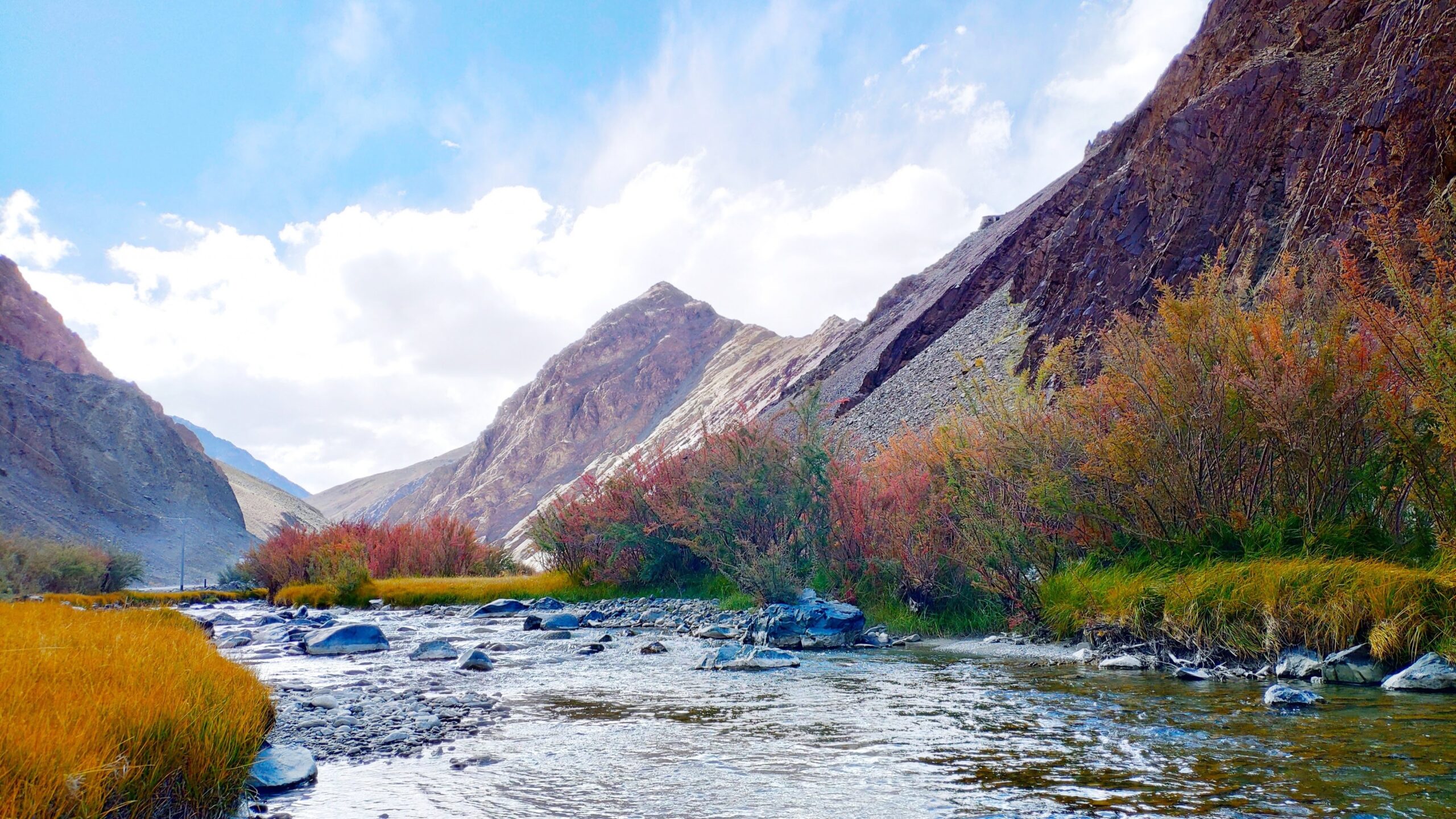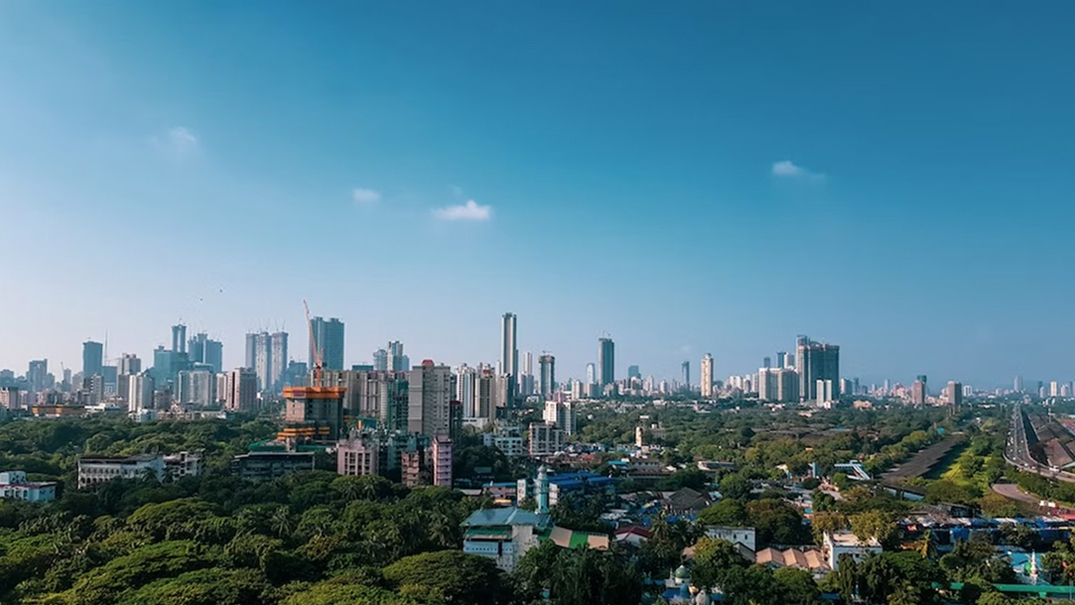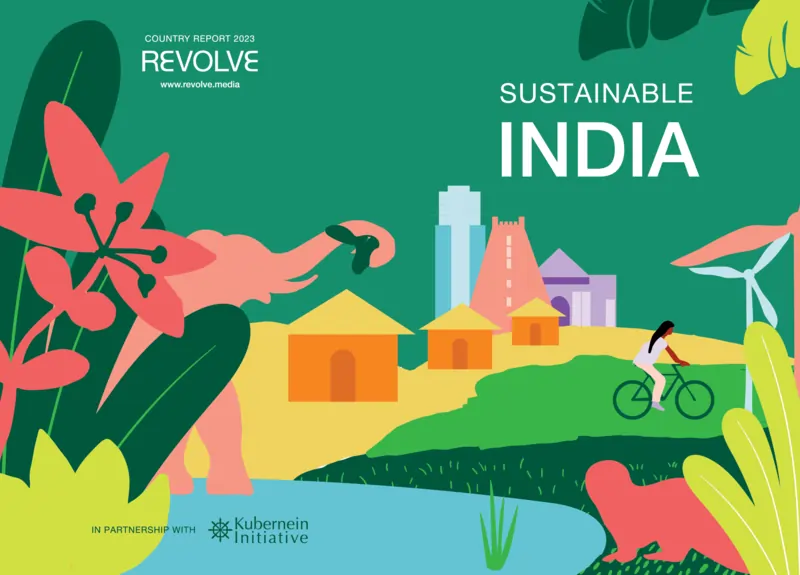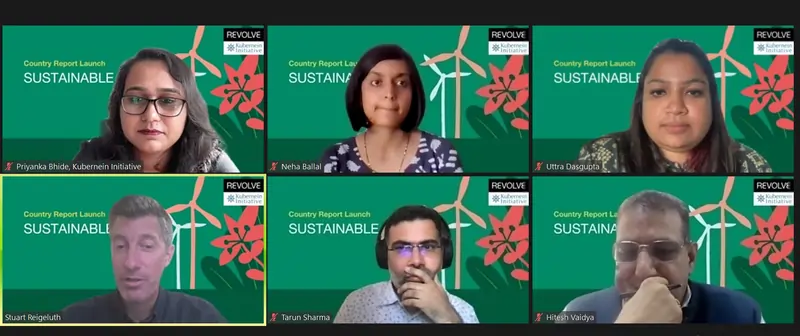Circular Economy in India’s Himalayan Region
Under the G20 Presidency, India announced the Resource Efficiency and Circular Economy (CE) Coalition, with 39 countries participating, a move that boosts India’s aim of moving towards a circular economy from a linear one. This target, announced in 2021, led to 11 committees being formed to help this transition across various focus areas and sectors.
While this is promising for the nation, what does the transition to a CE model mean for the Himalayan states with their unique albeit fragile ecosystems, that are consistently ravaged by climate change disasters, for example, when a cloud burst in the town of Joshimath in the Himalayas region led to many deaths, several broken roads, houses, and buried people under debris from landslides.
Soil erosion in the Himalayan states, such as Uttarakhand is another problem, partly because of high rainfall. An analysis as early as 2014 reported that 40 tonnes per hectare per year had been eroded already and the rate was going up year on year. Dr Madhu Madegowda of the Indian Institute of Soil and Water Conservation (ICAR) estimates more than 16 million tonnes of soil eroded in India, 30% of which goes into the ocean and is not conserved or enhanced. He also estimates that in Uttarakhand and north-eastern states, the rainfall is higher than compared to some other parts of the country and yet this abundance of water is wasted due to a lack of circular models related to soil and water conservation.
To bridge a gap between knowledge, awareness, and implementation, The Himalayan Circular Economy Forum (HCEF), organized by the International Council for Circular Economy (ICCE), in the capital city of Uttarakhand, Dehradun, saw a host of experts discuss some of the challenges faced in the region and why circular economy might be necessary for these states, which have been slow to adopt the concepts of CE.
Circular Business Models
Circular Economy at its core holds the concept of a regenerative economy, one where among the 3 Rs, the concept of Reuse, should take precedence over the final stage of Recycle.
Shalini Goyal Bhalla, Managing Director of ICCE, who wrote a working paper for the Economic Advisory Council to the Prime Minister’s Office, notes that several states initially understood circular economy to be synonymous with only recycling and plastics, with a lack of awareness on its other concepts, across sectors and products, and lifecycles of a product such as pre-production, design, production, waste generation, etc.
But with more awareness and inter-sectoral dialogues such as the HCEF, the understanding of CE across sectors is evident and the push for models that are decentralized, local, and indigenous seems to be the answer to some of the challenges, which in turn not only helps combat effects of climate change, but also mitigates adverse effects on people’s livelihoods, the economy, migrations rates and the overall biodiversity of a region.
A case in point is given by Dr. D V Singh of the Indian Institute of Soil and Water Conservation who argues that age-old methods of integrated farming at its core are highly circular models, which when further uses water flowing from higher elevations in interlinked watershed systems, in states such as Uttarakhand (the state has an excess of water but only 10% land is irrigated) can make for a truly local circular model. Other models of circular economy that were also encouraged for the Himalayan ecosystem in addition to integrated soil and watershed management were hydroponics, building with local materials, and effective segregation of waste.
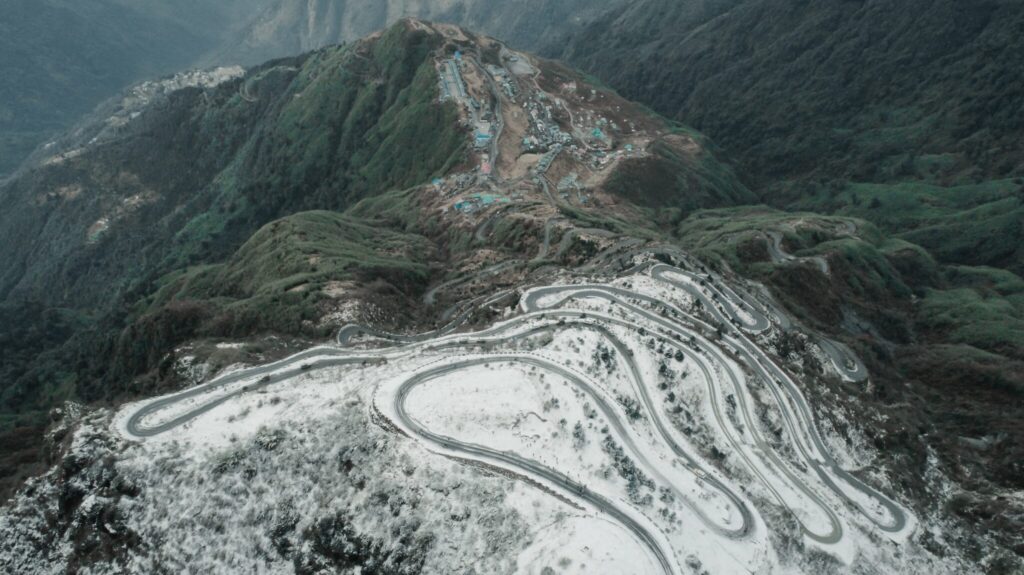
Aerial photograph of a mountain in Sikkim, India road. Photo: Hadwt, Unsplash
Role of Segregation
Tourism in the Himalayan region is a major culprit for waste generation. According to a report by the World Bank, the Himalayan region generates over 5 million MT of waste per annum, and this is only projected to increase over the next few years as tourism grows. Insights into waste and segregation, discussed at the HCEF, point to several challenges including the lack of source segregation, an awareness of how a variety of things can be segregated, and the lack of facilities for segregating and processing all sorts of waste (currently plastics takes the focus on recycling and processing).
Segregation of waste and recycling requires more energy intensity if not done well. While indigenous local methods have always lived at the heart of an age-old ‘circular’ system in India such as reusing materials found on farms or in homes to re-purpose them, more is clearly needed to combat huge climate change challenges that affect Himalayan States.
Priyal Sangal from the World Bank Solar Rooftop Initiative and Mitali Rawat of the Waste Warriors Society point out that while it is important to generate more awareness on this issue through effective and precise communication, there are also a lot of success stories that rest on a model of ownership, especially by the women of a given community. They argue that circular models only go so far as people take ownership of them or have incentives such as ‘dignity-based models’ and that women have played the role of leaders in driving many models of circular solutions to meet community challenges.
Lifestyle for Environment
The launching of Mission LiFE at COP26 covers themes of saving water, saving energy, saying no to plastics, reducing waste, adopting healthy lifestyles, and reducing e-waste, and is a good starting point for many to make a transition to circularity as it encourages individual accountability and ownership towards the environment, an important step for meeting any climate target by a nation as big as India.
While individual action can be backed by awareness and knowledge of the circular economy, a lot of hand-holding will be needed for many, especially industries, to make a transition to greener methods. Goyal Bhalla points to the example of small and medium-scale industries, which are responsible for the bulk of what is produced in the country, and who will be the most affected by the Carbon Border Adjustment Mechanism by the EU and hence need more training and awareness on net zero, circularity, etc.
People’s individual actions need backing by policy-makers, training, and further awareness through several methods. Policies on Extended producer responsibility (EPR) in more sectors, quality standards management by the government, training in educational institutes, and local workshops are just some of the ways forward. CITIIS 2.0, an ambitious initiative, a component of which is financial assistance and technical support for 18 smart cities towards projects aimed at circular economy with a focus on integrated waste management, promises to be another positive development in the transition from linear to circular for India. The Himalayan city of Dehradun is one of the cities on that list. India is ready for a Circular Economy transition; are the Himalayan States ready to be this transition’s flagbearers?
Author: Aadhya Shah
This opinion piece was originally published by REVOLVE in December 23.
